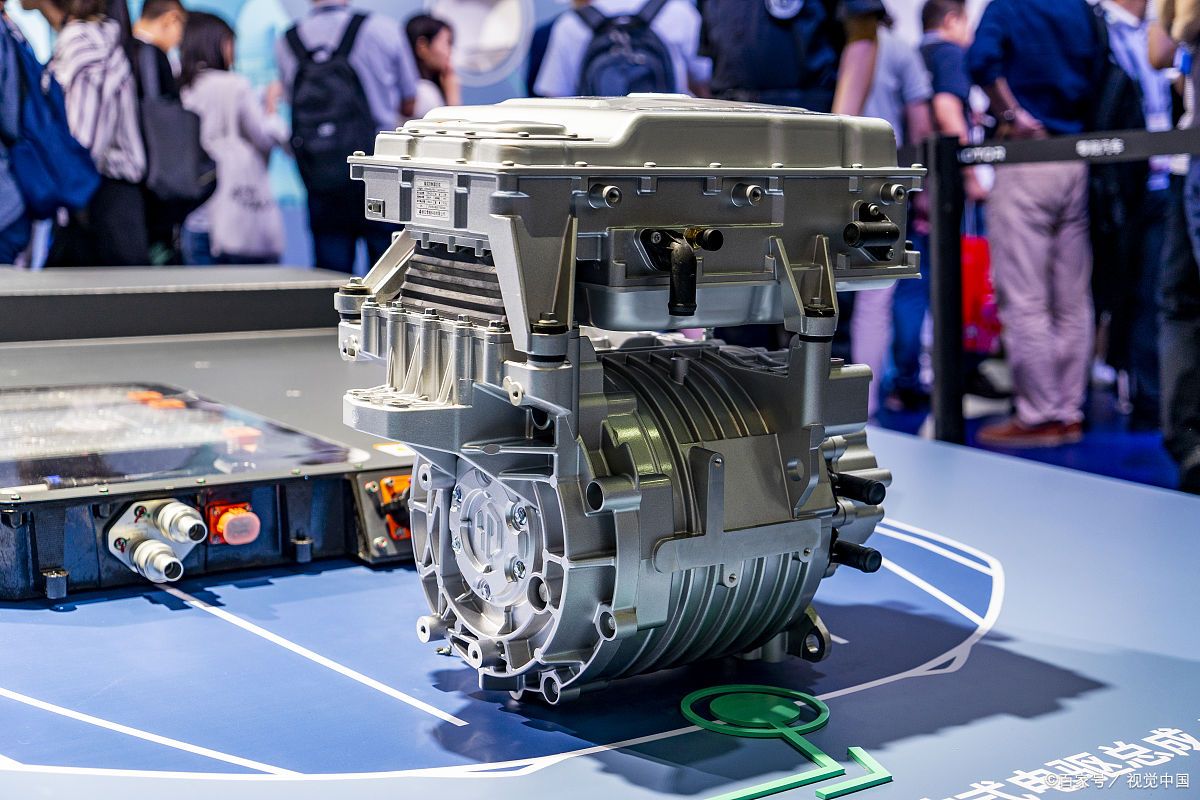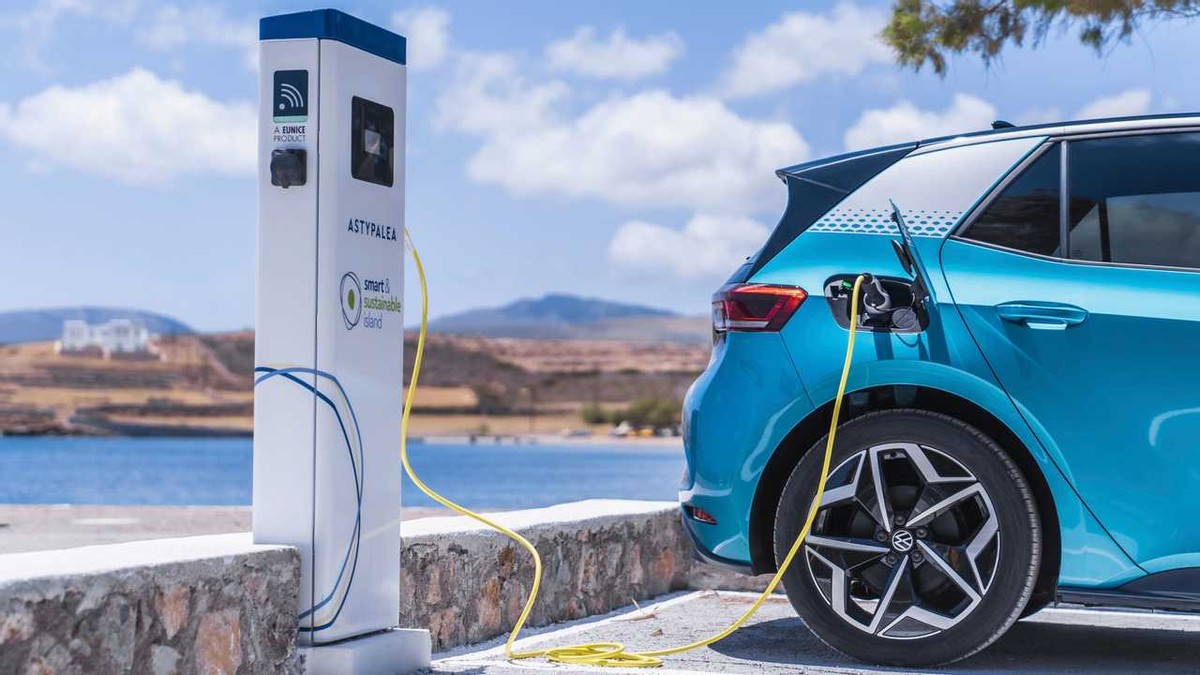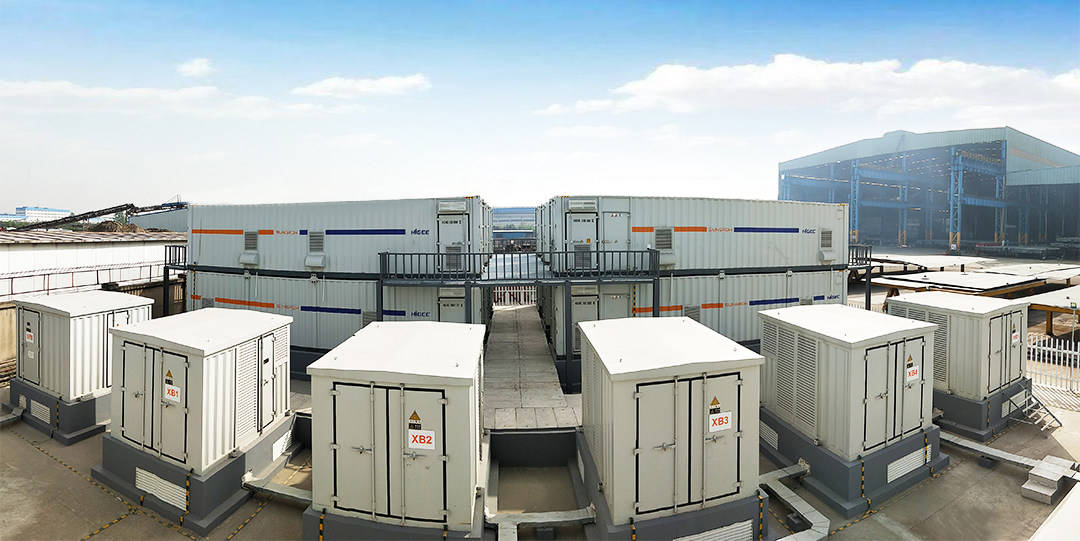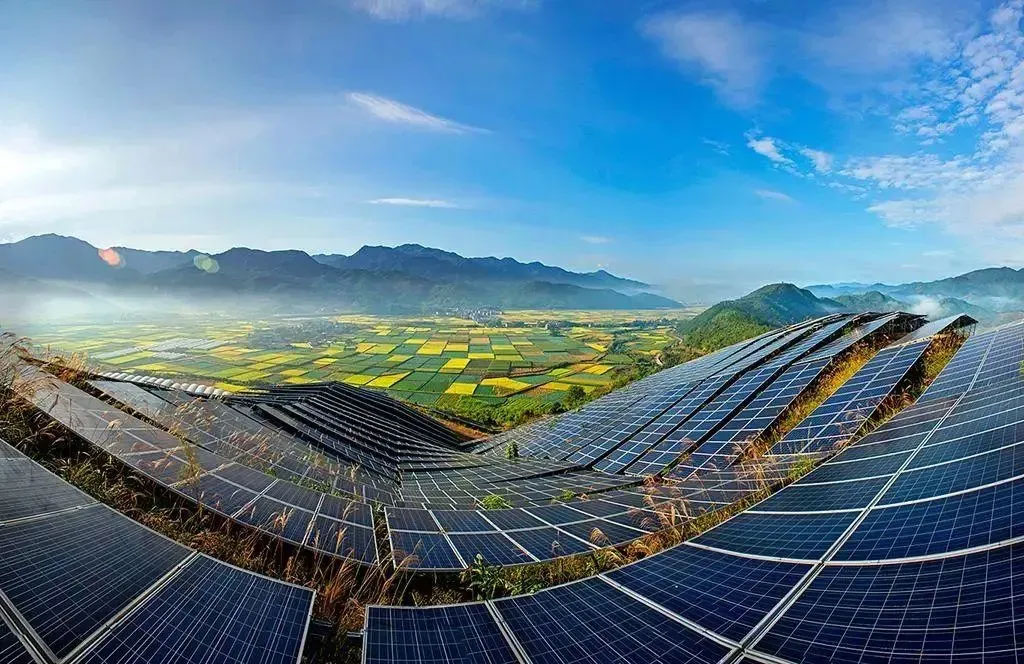【 New Energy News】 The 'Three Electric' (battery, motor, and electronic control) technology field has gradually established a competitive advantage

Technological innovation is the core competitiveness of industrial development.
In recent years, China has made continuous breakthroughs in the core technology of new energy vehicles. For example, the energy density of mass-produced power batteries reaches 300 watt hours per kilogram, which is at the international leading level. New group technology and high nickel cobalt free batteries have achieved breakthrough applications; The peak power density of the driving motor exceeds 4.8 kW/kg, and the maximum speed reaches 16000 rpm; The average power consumption of pure electric passenger cars per 100 kilometers has decreased to 12.35 kilowatt hours.
China has gradually established a competitive advantage in the field of 'three electricity' (battery, motor, and electronic control) technology, "said Fu Bingfeng. In recent times, policies have been intensively launched to stimulate consumption potential and strengthen industrial supporting capacity construction, which will further stabilize market expectations and promote high-quality development of the industry.
Of course, it should also be noted that China's new energy vehicle industry still faces problems such as insufficient supply of key core technologies and the need to improve its support and guarantee capabilities.
Establishing a collaborative and progressive model in multiple fields such as automotive chips, application software, and operating systems is the key to industrial transformation and upgrading. Li Shaohua, Deputy Secretary General of the China Association of Automobile Manufacturers, believes that host manufacturers, software companies, and research institutes should jointly build and share common technology platforms to enhance the stability and competitiveness of the supply chain.
Xin Guobin pointed out that the Ministry of Industry and Information Technology will support Chinese enterprises and enterprises from various countries to carry out technical cooperation in fields such as new system batteries and autonomous driving, in order to enhance brand vitality through technological innovation. Guide enterprises to establish a concept of product lifecycle service, strengthen the construction of digital and networked capabilities, and enhance brand affinity with high-quality services.
In addition, experts believe that currently, China's new energy vehicle industry still relies on imports of raw materials such as lithium, nickel, and cobalt. In the process of rapid development, it is also necessary to be vigilant against risks such as overcapacity and structural conflicts. We should focus on the long term, make up for shortcomings, maintain a healthy industry order, and ensure stable and long-term development of the industry.

Further building a high-quality charging infrastructure system
Nowadays, with the growing demand for long-distance travel of new energy vehicles, the expressway service area has become an important scene for charging new energy vehicles.
Wang Zhongying, director of the Energy Research Institute of the National Development and Reform Commission, said that by the end of May this year, there were 4289 expressway service areas with charging conditions in China, accounting for 65% of the total service areas. However, according to statistics, the ownership of highway charging infrastructure is about 18000 units, accounting for only 0.8% of China's public charging infrastructure ownership. Compared with development needs, the problems of insufficient total amount, low density, and insufficient coverage of charging infrastructure are still prominent.
In addition to the "difficulty of charging on the road", the "difficulty of finding a pile" and the "difficulty of entering the community" are also strong issues reported by current new energy vehicle users.
Wang Yao, secretary-general of the China Electric Vehicle Charging Infrastructure Promotion Alliance, said that the old residential areas could not build private Charging station as needed due to the shortage of parking spaces, insufficient power capacity and other problems, and some residential areas still had problems such as the property did not cooperate to provide proof materials, which led to users being unable to install private Charging station. In addition, it is difficult to find the location of the public Charging station, the failure rate of the Charging station is high, and the charging parking space is occupied
 中文
中文
 English
English




